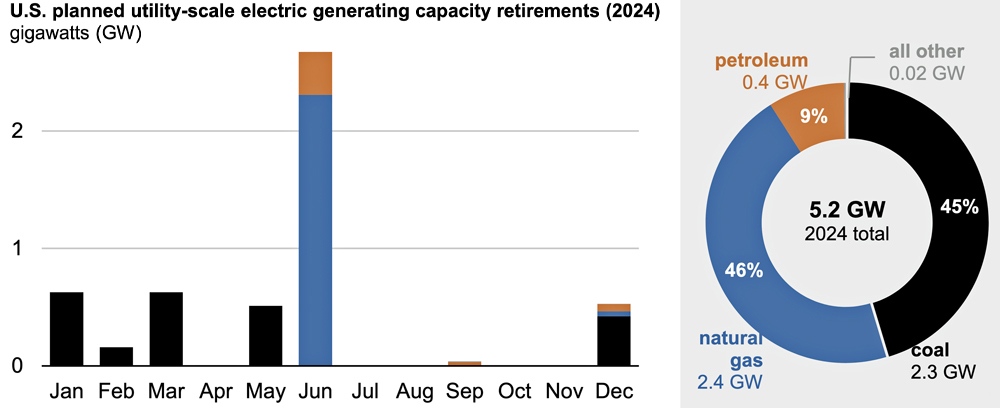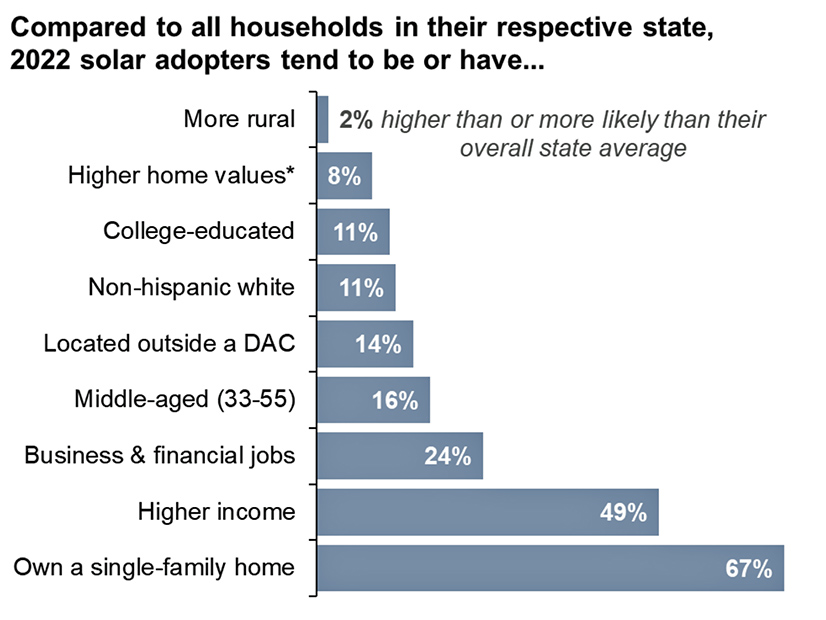New Jersey is encouraging school districts to consider “bidirectional” charging systems that use electric school buses for energy storage under the state’s new $45 million three-year pilot program to put electric school buses in 18 school districts.
The Legislature in December approved funding for the electric school bus program, 18 months after Gov. Phil Murphy (D) signed legislation enacting the pilot. The state Department of Environmental Protection (DEP) opened the program application process Feb. 1 and in recent weeks has held three webinars to guide potential participants through the application process. The deadline for applications is May 17. (See: New Jersey Senate Advances Electric School Bus Pilot Program.)
The last webinar Feb. 14 provided a deep dive on bidirectional charging, outlining the benefits and incentives available for vendors and school districts that draw on bus batteries to power school buildings at certain times of day.
New Jersey does not allow electric buses to send electricity directly to the grid. But the program offers up to $50,000 in additional support for projects that use a “vehicle-to-building” (V2B) strategy. According to the project solicitation guidelines, these incentives are “intended to both encourage projects which increase electric grid resilience and to add value to electric school bus investments.”
Speaking at the Feb. 14 webinar, Gilbert Botham, a senior economic advisor for the DEP, said using buses as storage would enable the districts to cut the cost of powering its buildings. Districts could charge the bus batteries during cheaper overnight hours and use the power during the late afternoon or evening, when the building otherwise would be drawing electricity from the grid at higher rates, he said.
“Your electricity bill from the utility should go down due to the decreased demand” in power from the grid because the bus battery is meeting the need, he said. After dropping off the final students in the afternoon, the electric bus may be at 30% charge, he said, adding that “you can use that last 30% to arbitrage down to zero and then charge overnight on cheap electricity.”
Studies show electricity usage peaks in Northeastern states about 6 p.m. and drops off dramatically by midnight.
“In the case of an emergency, you can actually use your electric school bus. It’s a giant rolling battery,” Phillip Burgoyne-Allen, an associate with the electric school bus initiative at the World Resources Institute (WRI), said at the DEP’s first hearing Feb. 1.
“If there’s a large power outage for an extended period of time, you can use that bus battery to help charge a gymnasium or cafeteria or some other emergency shelter,” he said.
Feasibility Testing
School districts, or vendors working with them, can apply under New Jersey’s program for financial support to lease or buy between two and 24 new electric buses ― either a 44-seat C-type bus or 70-seat D-type bus ― with a range of at least 90 miles. Applicants could receive $270,000 for a bus purchase and accompanying Level 2 charging station installation, and $290,000 for a bus and direct current fast charger (DCFC), with an additional subsidy of $30,000 if the district is in an overburdened community.
The program incentive rises to $320,000 for a bus purchase and an accompanying bidirectional charging system that is capable not only of charging the bus but of sending electricity in the other direction so the bus effectively can be used as a storage facility.
A single entity can apply for funding for 16 buses under the main program, and another eight buses under the bidirectional charging pilot.
Projects that are funded as bidirectional pilots must use the technology at least six days a year. These are defined in the program guidelines as “uptime days” in which the electric bus is plugged into the charging station by, at latest, 5 p.m. with bidirectional functionality enabled until midnight of that calendar day.
The school district can receive additional incentives if the bus is available for uptime days beyond the six required, with $5,000 awarded for two additional days in the first year of the program, $5,000 awarded for four additional days in the second year and $10,000 for an additional six days in the third year.
School buses are particularly attractive for such a strategy due to the lengthy summer holidays and spring and winter breaks in which they often sit idle.
Botham said the incentive structure is designed to give the DEP insight into the usefulness of bus batteries as storage.
“We have to make sure that we get data from these buses,” he said. “That is one of the biggest things … that we are really wanting to understand: Is this possible? How is this possible? And what data can we derive from this to help the state understand the feasibility of this technology?”
If the project demonstrates the feasibility of using electric school buses as storage, the state could consider “a second phase of the program which would demonstrate the feasibility of selling electricity from the bus back to the grid during peak demand, creating a fully integrated bidirectional system,” according to the current program guidelines. However, that kind of expansion would require regulatory approval.
Rapid Impact
The opening of the pilot program follows years of planning, during which environmentalists have argued New Jersey is behind where it needs to be in terms of introducing electric buses, and creating a pilot ― rather than a program ― for electric buses will just delay the state further. (See New Jersey Legislators Back $45 Million EV Bus Bill.)
According to the most recent figures from WRI, the nationwide count for electric school buses as of June 2023 was 2,277 vehicles ordered, delivered or in operation.
The corresponding figure for New Jersey is 21 electric school buses ordered, delivered, or in operation, spread across six school districts, Burgoyne-Allen said. School districts have committed to buying another 200 electric buses, and funding of about $20 million has been allocated to electric school bus purchases, he said.
Electric buses still cost at least three times the $110,000 to $125,000 price of a diesel bus, but WRI, a research and data organization that advocates for electric school bus use, expects the cost of electric buses to decline, especially the battery cost, Burgoyne-Allen said.
“We anticipate that as the technology improves, as the pricing improves, that these buses are going to be even more competitive with diesel buses on a pricing front,” he said.
Still, he added, even if a school district gets incentives that cover 90% or 95% of the cost of an electric bus, “coming up with the 5 or 10% can be a challenge.”
New Jersey’s program allows the state funding to be combined with federal tax credits, which can reach $40,000 for eligible vehicles, the DEP said.
WRI also is seeing a reduction in the delays that have characterized some school bus purchases in the past, with the wait from order to delivery stretching out a year or 15 months, Burgoyne-Allen said.
“There have been a lot of supply chain issues,” he said. “But we’re seeing those increasingly get sorted out. We’re seeing manufacturers increasing their production capacity on electric school buses and opening new factories and expanding factories so that they can bring these buses to the road on a faster pace.”
Once deployed on school routes, the buses can make a rapid impact, Tim Farquer, superintendent of Williamsfield Schools in Illinois, said at New Jersey’s Feb. 1 webinar. His district has operated five school routes with electric buses since November. Over about 23,000 miles of operation, the district has used 21,000 kW of electricity and spent about $500 in fuel costs. Adding power from a district solar array, final costs are well below the $14,000 that would have spent on diesel, Farquer said.
“We’re getting better numbers than we anticipated,” he said. “We’re just burning a little over one kWh of electricity per mile traveled.”

